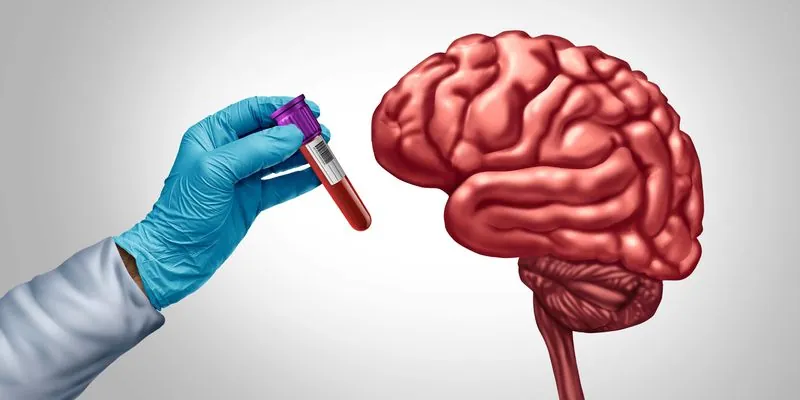
Revolutionizing Alzheimer’s Diagnostics: The Rise of Blood Tests
2025-09-05
Author: Yu
Imagine a world where Alzheimer’s disease (AD) could be detected long before the first sign of forgetfulness. Researchers are on the brink of transforming this vision into reality, with innovations in blood-based testing paving the way for earlier diagnosis and treatment.
A Shift From Traditional Methods
Currently, diagnosing Alzheimer’s often involves costly and invasive procedures like PET scans or spinal taps, accompanied by cognitive assessments. These methods, while effective, are not the most patient-friendly. Enter blood tests, which promise a noninvasive alternative.
The Breakthrough: FDA Approves Lumipulse
In a major stride for Alzheimer’s diagnostics, the FDA recently approved Lumipulse, a blood test from Fujirebio Diagnostics. Targeted at adults aged 55 and older, Lumipulse detects specific proteins associated with amyloid plaques in the brain—key indicators of Alzheimer’s progression. By measuring pTau217 and beta-amyloid 1-42 levels, this test can identify the early markers of AD.
Caution: A Step Forward, but Not a Standalone Solution
Despite this progress, experts urge caution. According to neurologist Sally Frautschy from UCLA, while these blood tests are groundbreaking by potentially lowering costs and streamlining clinical trials, they cannot independently diagnose Alzheimer’s. The FDA echoed this sentiment, clarifying that Lumipulse is not meant to replace comprehensive clinical evaluations.
New Guidelines and Future Prospects
In light of this advancement, the Alzheimer’s Association has issued new guidelines for blood-based biomarker tests, asserting that tests with high sensitivity and specificity can effectively rule out Alzheimer’s pathology in specialty clinics. This evolving framework aims to incorporate new evidence for optimal diagnostic performance.
The Future of Blood Test Technology
As the field of blood-based assays grows, researchers are focused on identifying the most effective biomarkers for Alzheimer’s detection. For instance, Roche and Eli Lilly are developing a test that measures pTau181, which, while similar to pTau217, may detect slightly different stages of amyloid pathology.
A Comprehensive Solution on the Horizon
Frautschy notes that while the current tests show promise, they primarily reflect amyloid burden and do not fully capture the complex pathology leading to memory loss. Therefore, developing a more comprehensive biomarker panel—one that accounts for both tau and amyloid pathology—is critical for the future of Alzheimer’s diagnostics.
With advancements moving at a staggering pace, the dream of detecting Alzheimer’s with a simple blood test is not just a possibility—it’s becoming a reality. Scientists and clinicians are optimistic that these innovations could not only improve diagnóstico accuracy but also lead to earlier and more effective interventions for one of humanity's greatest health challenges.

 Brasil (PT)
Brasil (PT)
 Canada (EN)
Canada (EN)
 Chile (ES)
Chile (ES)
 Česko (CS)
Česko (CS)
 대한민국 (KO)
대한민국 (KO)
 España (ES)
España (ES)
 France (FR)
France (FR)
 Hong Kong (EN)
Hong Kong (EN)
 Italia (IT)
Italia (IT)
 日本 (JA)
日本 (JA)
 Magyarország (HU)
Magyarország (HU)
 Norge (NO)
Norge (NO)
 Polska (PL)
Polska (PL)
 Schweiz (DE)
Schweiz (DE)
 Singapore (EN)
Singapore (EN)
 Sverige (SV)
Sverige (SV)
 Suomi (FI)
Suomi (FI)
 Türkiye (TR)
Türkiye (TR)
 الإمارات العربية المتحدة (AR)
الإمارات العربية المتحدة (AR)